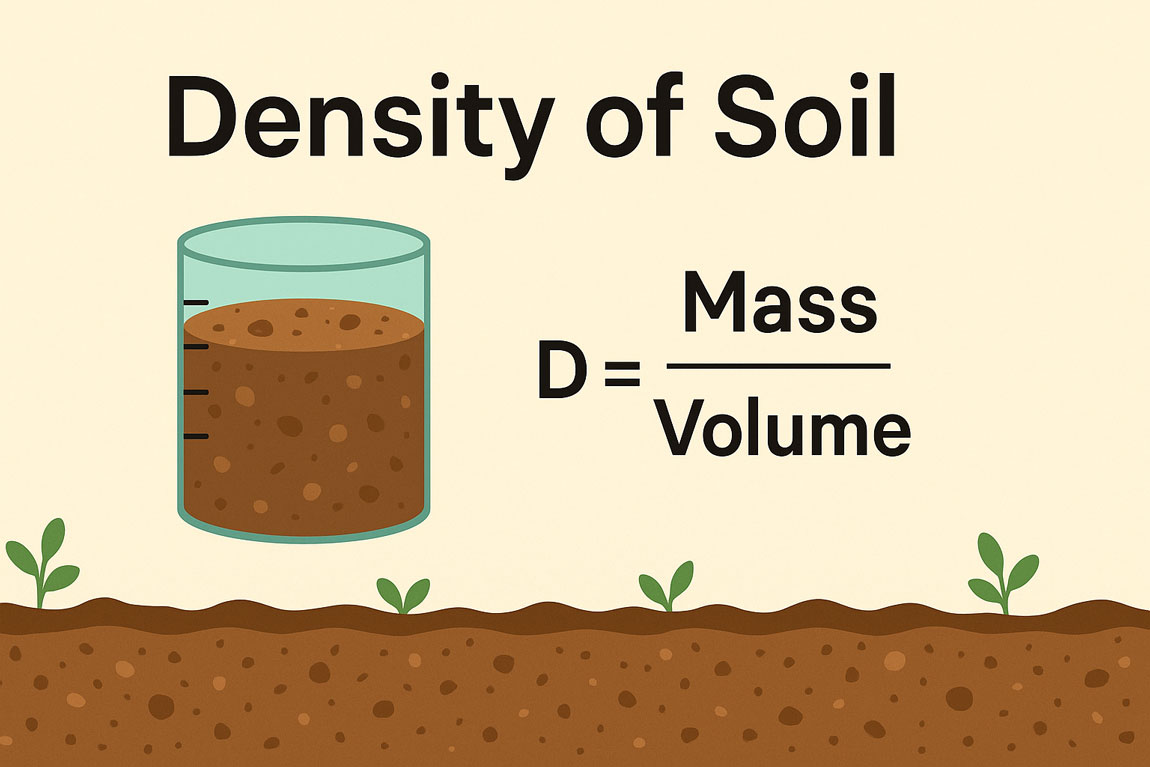A seismograph is an essential device used by scientists to measure and record earthquakes. By understanding how seismographs work, we can better interpret seismic activity and improve earthquake preparedness.
How Does a Seismograph Work?
A seismograph is the device that scientists use to measure earthquakes. The goal of a seismograph is to record the motion of the ground during a quake accurately.
If you live in a city, you may have noticed that buildings sometimes shake when a big truck or a subway train rolls by. Good seismographs are therefore isolated and connected to bedrock to prevent this sort of “data pollution”.
Seismographs record a zigzag trace that shows the varying amplitude of ground oscillations beneath the instrument. Sensitive seismographs, which greatly magnify these ground motions, can detect strong earthquakes from sources anywhere in the world.
The time, location, and magnitude of an earthquake can be determined from the data recorded by seismograph stations. The sensor part of a seismograph is referred to as the seismometer; the graph capability was added as a later invention.
Types of Seismometers and Their Functions:
There are many different types of seismometers. Still, they are all based on the fundamental principle that the differential motion between a free mass (which tends to remain at rest) and a supporting structure anchored in the ground (which moves with the vibrating Earth) can be used to record seismic waves.
A single seismograph pendulum works in only one direction and cannot give a complete picture of wave motions from other directions. To overcome this problem, modern seismograph stations have three separate instruments to record seismic waves
- One to record the north-south waves,
- Another to record east-west waves, and
- A vertical one in which a weight resting on a spring tends to stand still and record vertical ground motions.
The spring-suspended mass lags behind the motion caused by the earthquake, making the pen record the waves on the drum. This combination of instruments tells a seismologist the general direction of the seismic wave source, the magnitude at its source, and the character of the wave motion. Instruments at other stations must be used to get a precise fix on the earthquake’s epicenter.
The Evolution of Seismographs:
A seismometer is the internal part of the seismograph, which may be a pendulum or a mass mounted on a spring; however, it is often used synonymously with “seismograph”. The word derives from the Greek σεισμός (seismós), meaning a shaking or quake, from the verb σείω (seíō), to shake; and μέτρον (métron), meaning measure. The term was coined by David Milne-Home in 1841.
The seismometer itself consists of a frame and a mass that can move relative to each other. When the ground shakes, the frame also vibrates, but the mass tends not to move, due to inertia. The difference in movement between the frame and the mass is amplified and recorded electronically.
A network of seismometers is used to calculate the magnitude and source of an earthquake in three dimensions. Seismographs are used to determine:
- EQ Magnitude: the size of the earthquake
- Focal Depth: how deep the earthquake is
- Location: where the earthquake occurred
- The modern seismograph was invented in the late 1800s. There are two basic types. One type uses a mass suspended by a pendulum. The other is based on a device that responds to strain.
- J.A. Ewing invented a pendulum seismograph in 1880. Lucien La Coste improved this design. A Ewing three-component seismograph at Mt. Hamilton made a partial recording of the 1906 San Francisco earthquake. Many other scientists added further improvements.
- H.O. Wood and J. Anderson developed a seismograph with a mass suspended by torsion. This seismograph became the standard for magnitude determination of local shocks. This magnitude is the Richter scale. Charles Richter developed this scale in 1935.
- Hugo Benioff developed the strain seismograph in 1935.
Conclusion:
Seismographs have revolutionized our ability to monitor and understand earthquakes. From early pendulum-based designs to modern electronic systems, these devices provide critical data that help scientists predict seismic hazards and mitigate disaster risks. Understanding how they work deepens our appreciation for the science behind earthquake detection.






